Professional production
Our company specializes in producing and selling high-quality forklift tilt cylinders, a critical component in forklift operations. We pride ourselves on delivering tilt cylinders that are precision-engineered and built to last, ensuring smooth and efficient lifting and tilting actions for forklifts.
Our forklift tilt cylinders are renowned for their robust design, reliable performance, and ease of maintenance. We use only the finest materials in their construction, ensuring durability and longevity even in the most demanding working environments.
As a leading manufacturer in this field, we are committed to providing our customers with exceptional service and support. Our team of experts is always on hand to answer any questions and provide assistance, ensuring that our customers get the most out of their forklift tilt cylinders.
Choose our company for your forklift tilt cylinder needs, and you can rest assured that you are getting the best possible product and service. We look forward to serving you and helping you achieve your operational goals.
Forklift tilt cylinder for sale
-
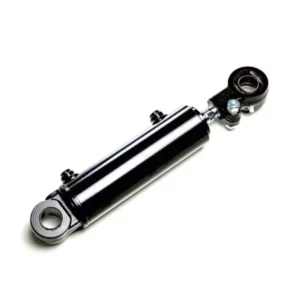
Best Price hydraulic double acting cylinder Industrial vehicle oil seal hydraulic cylinder
-

CE Certified Customized Hydraulic Cylinders Manufacturer Custom Tilt Hydraulic Cylinders
-
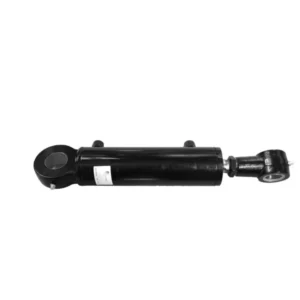
CE ISO certificates Approved hydraulic cylinder double acting forklift tilt hydraulic cylinder
-
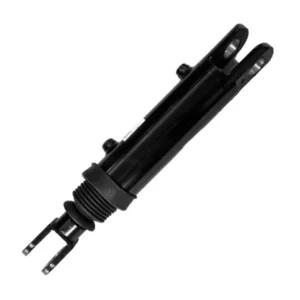
CE ISO certificates Approved hydraulic cylinder double acting forklift tilt hydraulic cylinder
-
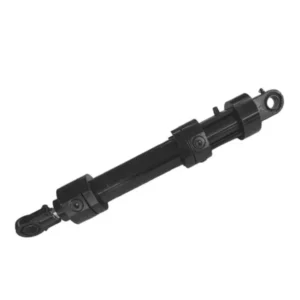
cheap hydraulic cylinders Industrial vehicle tractor double acting hydraulic cylinder
-
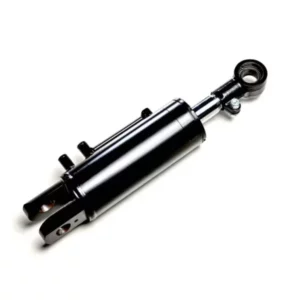
China factory supply Double Acting hydraulic cylinders Industrial vehicle hydraulic Tilt cylinders
-
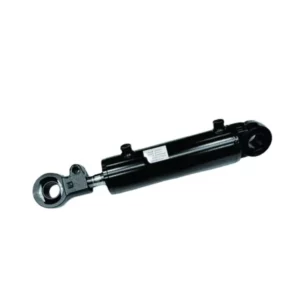
China factory supply hydraulic cylinders for dump trucks High Quality Seals Hydraulic Cylinder
-

China factory supply hydraulic oil cylinder Industrial vehicle Hydraulic Cylinder
-

China hydraulic cylinder Customized tractor parts double acting hydraulic oil cylinders
-

China manufacture direct sales garbage compactor truck hydraulic cylinder
-

China Supplier manufacture Double Action Garbage truck Hydraulic Cylinder Sanitation machinery Dump truck hydraulic cylinder
-
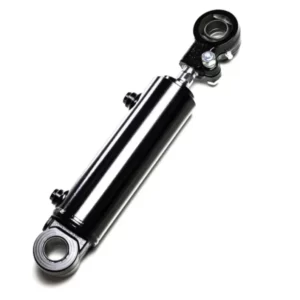
China Supplier manufacture hydraulic system for waste truck garbage truck cylinder for sale
-
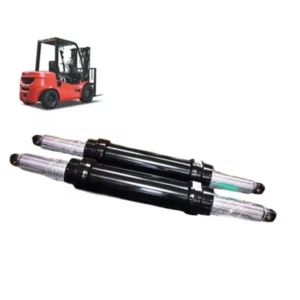
Chinese Factory Sells industrial vehicle tilt cylinders hydraulic cylinder
-

Custom double acting hydraulic oil cylinder industrial vehicle/forklift tilt hydraulic cylinders
-
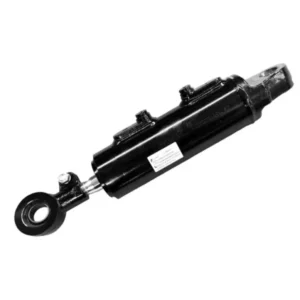
Custom double acting hydraulic oil cylinder industrial vehicle/forklift tilt hydraulic cylinders
-

Custom Made High Quality Industrial vehicle tractor loader hydraulic cylinders forklift truck hydraulic cylinder
-
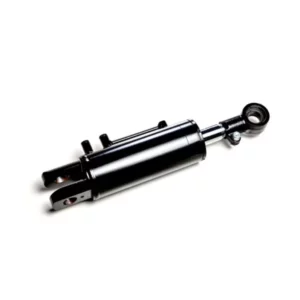
custom made hydraulic cylinder for car lift hydraulic cylinder for industrial vehicle/forklift lift tilt extension
-

custom made hydraulic cylinder for industrial vehicle forklift tilt cylinder
Advantages of Forklift tilt cylinder compared to other hydraulic cylinders
| Feature | Forklift Tilt Cylinder | Other Hydraulic Cylinders |
|---|---|---|
| Application Specificity | Specifically designed for controlling the tilt of the forklift mast, allowing for precise movement and positioning of loads. | Generally designed for a broad range of applications without specific features for mast tilting or load manipulation. |
| Load Handling | Optimized for dynamic load handling, improving the forklift's ability to adjust the angle of loads for safe transport and stacking. | Not specifically optimized for load handling which may not provide the same level of precision in load manipulation. |
| Durability in Dynamic Conditions | Built to withstand the dynamic forces encountered during tilting operations with heavy loads, ensuring longevity and reliability. | May not be specifically engineered for the dynamic and repetitive loading conditions experienced in forklift operations. |
| Precision Control | Offers precise control over mast tilt angle, essential for safe and efficient material handling. | Standard hydraulic cylinders may not offer the same level of control precision for specific tasks like mast tilting. |
| Compatibility with Forklift Systems | Designed to integrate seamlessly with forklift hydraulic systems, ensuring efficient operation and ease of maintenance. | May require additional modifications or adapters to be fully compatible with forklift systems, potentially complicating installation and maintenance. |
| Safety Features | Often includes specialized safety features to prevent over-tilting and ensure load stability. | Standard cylinders might lack application-specific safety features, increasing the risk of operational hazards. |
| Efficiency in Material Handling | Enhances the forklift's efficiency in moving and stacking materials, directly impacting productivity. | General-purpose cylinders may not contribute as effectively to material handling efficiency and productivity. |
Forklift tilt cylinder usage scenarios
The forklift tilt cylinder finds diverse usage scenarios across various industries and applications. Here are some typical scenarios where the tilt cylinder plays a crucial role:
1. High-stacking Operations: In warehouses and distribution centers, forklifts often need to stack cargo on high shelves. The tilt cylinder allows the operator to adjust the fork angle, ensuring a smooth and stable stacking process.
2. Narrow Aisle Maneuvering: In narrow aisles, precise control is essential to avoid collisions and ensure smooth maneuvering. The tilt cylinder enables the forklift to tilt the forks slightly, making it easier to navigate in confined spaces.
3. Handling Large and Bulky Items: When handling large or awkwardly shaped items, the tilt cylinder allows the operator to adjust the fork angle to accommodate the cargo. This ensures a secure and stable grip, preventing damage or spills.
4. Uneven Ground Operations: Operating on uneven or sloping ground can be challenging. The tilt cylinder helps the forklift maintain stability by adjusting the fork angle, reducing the risk of tipping or losing control.
5. Special Handling Tasks: In some industries, specific handling tasks require customized angles or positions. The tilt cylinder's flexibility allows operators to adjust the fork angle to meet these unique requirements.
6. Loading and Unloading Containers: At docks and shipping yards, forklifts are used to load and unload containers. The tilt cylinder allows the operator to adjust the fork angle to match the opening of the container, ensuring a smooth and efficient loading process.
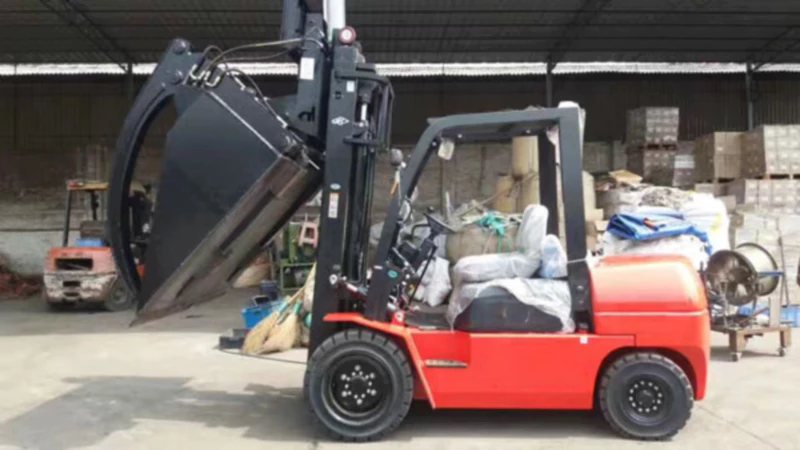
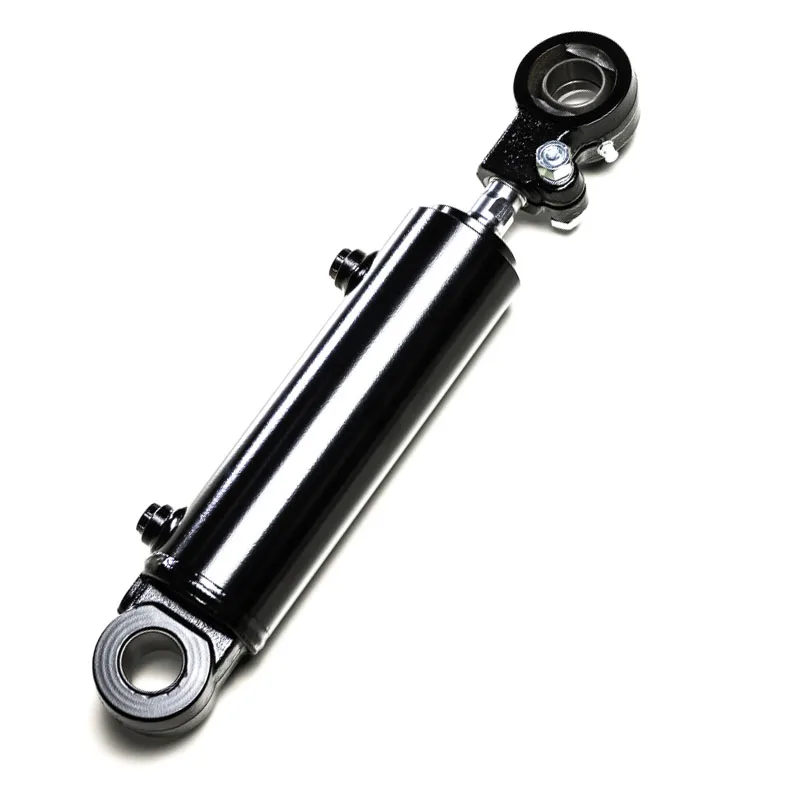
Basic structure of forklift tilt cylinder
The basic structure of a forklift tilt cylinder is mainly composed of a cylinder block, cylinder head, piston, piston rod, and seals. The cylinder block and cylinder head are made of forged sheet metal or cast materials and have high strength and durability after CNC machining and precision heat treatment. The piston and piston rod are the core components of the forklift tilt cylinder. The angle of the forklift fork is controlled through the expansion and contraction of the piston rod. In addition, the tilt cylinder also includes dust rings, special screw plugs, Yx-type seals, O-type seals, guide sleeves, cylinder barrels, retaining rings, pistons, expansion rings, and other parts.
The working principle of the tilt cylinder is to use hydraulic oil to exert force on the piston in the hydraulic cylinder, thereby pushing the piston rod outward and driving the fork to tilt. This design allows the forklift to pick up goods quickly and conveniently. When transporting goods, by adjusting the inclination angle of the fork, the stability of the goods is ensured, and the goods are prevented from falling.
When assembling the tilt cylinder, all parts must be carefully cleaned and deburred with oil and stone to prevent debris from entering the cylinder. Be careful during installation to avoid damaging the leather plate or the leather expansion ring and sealing ring. After the assembly is completed, its straightness and coaxiality must be inspected to ensure the piston can move freely throughout the cylinder without hysteresis.
The main components of forklift tilt cylinder
1. Cylinder barrel: The cylinder barrel is the main part of the tilt cylinder. It is usually made of high-strength materials, such as alloy steel, to withstand the pressure and wear during operation. The inside of the cylinder is the movement space of the piston and piston rod, which is filled with hydraulic oil.
2. Piston: The piston is located inside the cylinder and is isolated from the inner wall of the cylinder through a seal, forming a sealed space. When hydraulic oil enters this space, it pushes the piston inside the cylinder.
3. Piston rod: The piston rod is connected to the piston and extends through one end of the cylinder barrel. As the piston moves within the cylinder, the piston rod moves with it. The other end of the piston rod is usually connected to the fork tilt mechanism of the forklift, and its expansion and contraction is used to control the tilt angle of the fork.
4. Cylinder head: The cylinder head is located at both ends of the cylinder barrel and is used to close the cylinder barrel and fix the piston rod. The cylinder head is usually equipped with oil inlet and outlet ports for the circulation of hydraulic oil.
5. Seals: Seals are key components to ensure that hydraulic oil does not leak in the cylinder. They are usually installed at the interface between the piston and cylinder head, and between the piston rod and cylinder barrel. The quality and performance of seals directly affect the working effect and life of the tilt cylinder.
6. Guide sleeve: The guide sleeve is usually installed inside the cylinder barrel to ensure the stability and straightness of the piston rod during movement and to prevent friction or scratching between the piston rod and the inner wall of the cylinder barrel.
7. Oil port and oil line: The oil port is used to connect the hydraulic system so that hydraulic oil can enter and flow out of the tilt cylinder. The oil circuit is the channel through which hydraulic oil flows inside the tilt cylinder, which ensures that the hydraulic oil can act evenly on the piston.
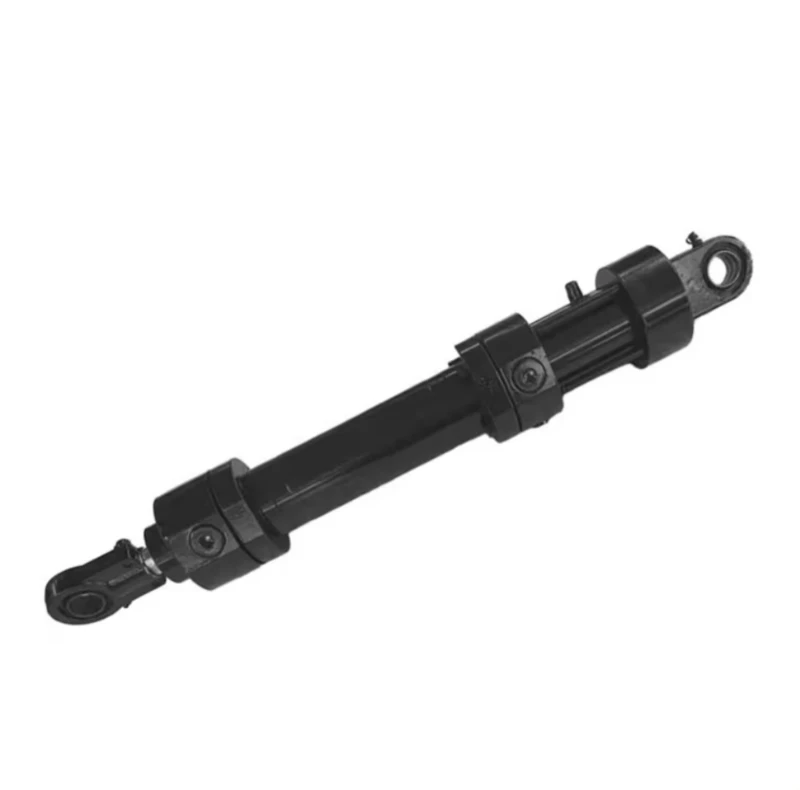
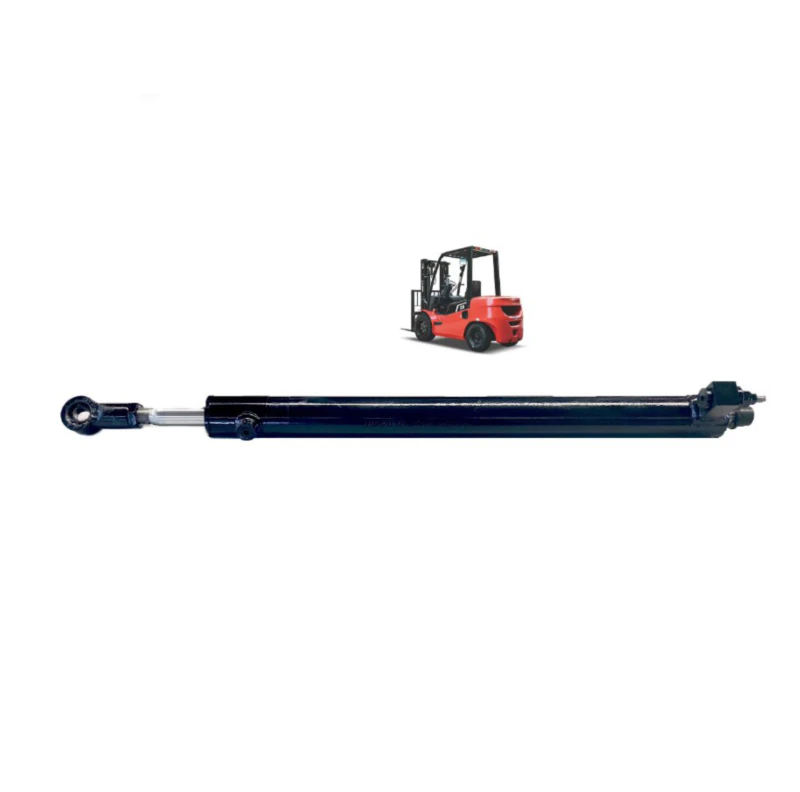
Forklift tilt cylinder manufacturing materials
The manufacturing materials of forklift tilt cylinders are usually selected based on their application environment and performance requirements. The following are common manufacturing materials and their characteristics:
1. Cylinder barrel and cylinder head:
Alloy steel: High-strength alloy steel is a commonly used material for making cylinder barrels and cylinder heads because it can withstand high pressure and wear, ensuring the stability and durability of the cylinder.
Cast Iron: Cast iron is also commonly used to manufacture tilt cylinders for large or heavy-duty applications because of its rigidity and strength.
2. Piston and piston rod:
Alloy steel: Pistons and piston rods are usually made of specially treated alloy steel to ensure sufficient strength and wear resistance.
Stainless steel: In some special applications or environments where higher corrosion resistance is required, stainless steel may be
Used as a material for making pistons and piston rods.
3. Seals:
Rubber or polyurethane: Seals are usually made of elastic materials such as rubber or polyurethane, which have good sealing properties and wear resistance.
Special synthetic materials: For high temperature or high pressure environments, seals made of special synthetic materials may be required to ensure their stability and durability.
4. Other parts:
Fasteners: such as bolts, nuts, etc., usually made of stainless steel or high-strength carbon steel.
Connectors: such as oil pipe joints, etc., may use corrosion-resistant materials such as copper alloy or stainless steel.